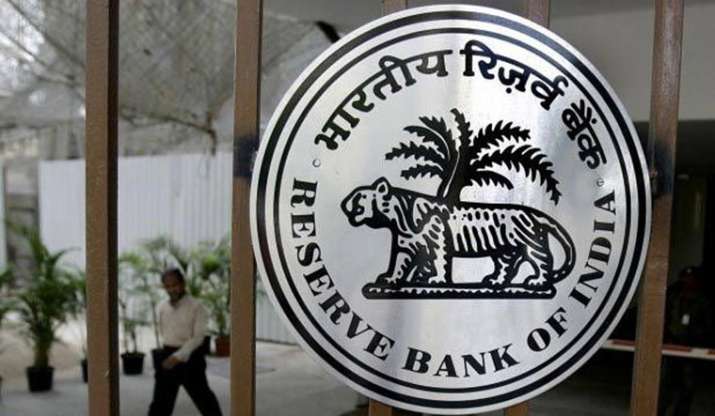[ad_1]

Amid surge in COVID-19 cases, RBI likely to maintain status quo: Experts
Amid uncertainty created by surge in coronavirus cases, the Reserve Bank of India (RBI) is likely to maintain status quo at its next monetary policy review and wait for some more time before taking any action to spur growth.
The RBI is slated to announce its first bi-monthly monetary policy of the 2021-22 fiscal on April 7, 2021 after a three-day meeting of the Monetary Policy Committee (MPC) headed by RBI Governor Shaktikanta Das. On February 5, after the last MPC meet, the central bank had kept the key interest rate (repo) unchanged citing inflationary concerns.
According to experts, the RBI is likely to continue with the accomodative monetary policy stance and wait for an opportune time to announce monetary action with a view to ensure the best possible outcome in terms of pushing growth without sacrificing the main objective of containing inflation.
In a report, Dun & Bradstreet said the recent surge in the COVID-19 cases and the restrictions imposed by several states will impose further uncertainty and hurdles to the pace of revival of industrial production.
Dun & Bradstreet Global Chief Economist Arun Singh said long-term yields are hardening, leading to rise in borrowing costs.
“In this context, the Reserve Bank of India faces the difficult task of managing the inflationary pressures while preventing a rise in the borrowing cost.
“Despite the rising inflationary pressures, we expect the RBI to keep the policy repo rate unchanged in the forthcoming monetary policy review in view of the uncertainty posed by the sharp rise in COVID-19 cases,” he said.
When asked about his expectations from the next MPC, ANAROCK Property Consultants Chairman Anuj Puri said that with consumer inflation fluctuating and not yet stable and the policy repo rate also being substantially reduced by 115 basis points since February 2020, the RBI may consider keeping the rates on hold.
“It is likely to keep an eye on how the inflation and the economic recovery pans out in the coming months amid the rising COVID-19 cases in the country.
“India is witnessing a second wave with partial lockdowns being imposed across different states and cities. In such a scenario, it is only likely that the RBI will maintain status quo,” he said.
Moreover, Puri added that even while the real estate industry’s perennial hope is fixed on lower interest rates, the prevailing lowest-best home loan rates starting as low as 6.70 per cent are enticing enough for homebuyers.
In a recent report, UBS Securities India economist Tanvee Gupta Jain expected the RBI to maintain comfortable liquidity in the near term to ensure least disruption to the government’s borrowing programme and support the economic recovery at a time when COVID-19 cases are resurging in India.
“We continue to expect the central bank to pursue policy normalisation in the second half of FY22 to keep inflationary pressures contained and preserve financial stability.
“In our base case, we expect the MPC to shift towards a neutral policy stance and/or pursue reverse repo rate hikes (25-40bp) without recourse to policy (repo) rate hikes in FY22. We expect the repo rate to be hiked by 50 bps but only towards H2FY23,” Jain said.
Meanwhile, an Anand Rathi report said that reversal of the softening trend of retail inflation seen in the past three months would put the RBI under pressure to review the extent of monetary and liquidity accommodation.
“Hardening of core inflation would be of special discomfort. Despite these, the continued growth concern is likely to keep monetary policy accommodative during 2021,” it said.
The policy repo rate or the shor-term lending is currently at 4 per cent, and the reverse repo rate is 3.35 per cent. The RBI has been maintaining status quo after May last year.
The RBI had last revised its policy rate on May 22, 2020 in an off-policy cycle to perk up demand by cutting interest rate to a historic low of 4 per cent.
ALSO READ: Bank holidays in April 2021: Banks to remain closed on THESE dates | Check the full list
Latest Business News
[ad_2]
Source link